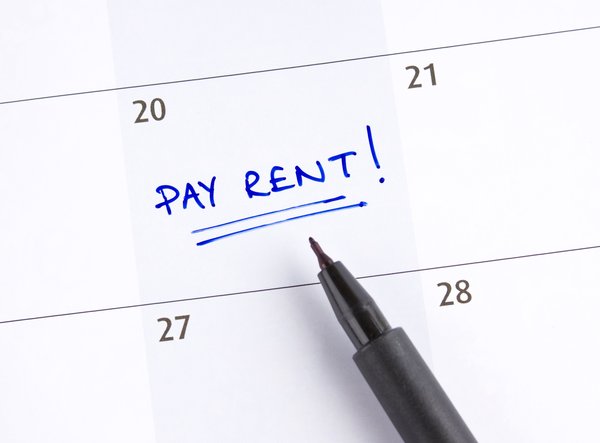One can argue that rent-to-income ratio is the most important metric for a landlord to consider when choosing a tenant. Once you know this number, you'll have a baseline answer as to whether an applicant can afford the rental property, which is the most important factor in your decision to approve or deny people.

How real estate investors and landlords use the rent-to-income metric
By finding out how much an applicant earns, investors and landlords can determine what percentage of a prospective tenant's household income will go to monthly rent, which is the rent-to-income ratio. The gold standard in the industry is 30%, meaning no more than 30% of a tenant's gross income should go to rent.
People who spend more than 30% of their gross income on rent are considered to be housing-cost burdened, according to the U.S. Department of Housing and Urban Development (HUD). If too much money goes to the rental unit, tenants might have difficulties paying all their bills, including necessities like food, clothing, medical care, and transportation. Although shelter is also a necessity, cost-burdened tenants might not be able to pay for it.
If an applicant doesn't earn enough money to qualify for your rental, unless they can pay several months' in advance, put down a bigger security deposit (if allowed by your state), or if you're willing to take a co-signer, there isn't much reason to move forward with this person.
How to determine rent-to-income ratio
To determine rent-to-income ratio by the predetermined 30% figure, take a person's gross annual income, divide that by 12 and multiply that by .3. For example, if someone makes an annual salary of $75,000 and wants to rent your property, which rents for $1,800 a month, will they be able to afford it? Let's see: $75,000 divided by 12 equals $6,250; $6,250 times .3 equals $1,875. So this applicant qualifies based on the rent-to-income ratio.
How to back into a target income level based on the ratio
You could also determine a target income level for your rental. Let's say you want to get $1,800 in rent and your income requirements are for your tenants to earn three times as much as the rent payment. What should the tenant's income be? You would multiply the rent by 3. If the rent is $1,800 a month, multiplied by 3, it would come to $5,400. In this case, you would want your renter to earn at least $5,400 in gross monthly income.
While these metrics are important, there are other factors besides household income to consider before making a decision for your investment property.
Debt-to-income ratio is the next metric to consider
Besides the rent-to-income ratio, you'll also want to know the debt-to-income ratio (DTI), the same metric a mortgage lender uses for homebuyers. If the applicant has little to no debt, the rent-to-income ratio can be higher, like 40% or 50%. The opposite is also true: Too high a DTI, typically 50% or more, means the rent-to-income ratio should probably be lower than 30%.
Accounts in collections
Another metric landlords should consider is collections. Does the applicant have accounts in collections, and if so how many? Some landlords also look at how recently accounts have gone to collections. For instance, if only one or two accounts have gone to collections, they were from years ago, and there's a record of good payment history since, landlords often overlook that. But many recent accounts in collections signals the applicant might be having trouble paying their bills, and that could spill over to rent.
How a landlord or property owner gets income information
All landlords should screen tenants before renting to them. Screening involves having tenants fill out a rental application and then the landlord pulls credit reports. If you use a property manager, they should screen tenants as part of the service. If you don't, you can use a service that screens tenants for you.
All it takes is a quick search online, and you'll be able to choose from many tenant-screening services. Not only will you see an applicant's credit report through a credit check that's run, you'll see the background check as well. Besides criminal activity, the background check lets you know if the applicant has any evictions.
What's a good ratio?
Although 30% is the gold standard for rent-to-income ratio, it's really just an arbitrary figure that came about as a metric enacted by Congress in 1981 to curtail rent increases in public housing. Ever since, investors have been using this metric, but it doesn't make sense for everyone. Try running the 30% figure by folks in expensive cities like San Francisco, and they'll get a good chuckle, as it's common for renters in expensive cities to pay closer to 50% of their monthly income on rent.
Related real estate topics
The bottom line
The rent-to-income ratio is a useful metric for landlords when determining whether an applicant can afford the rent. It's not the only metric to use, but it's probably the first metric to use.
When you combine the rent-to-income metric with other metrics like DTI, determine whether any accounts are in collections, and study the overall credit profile along with credit score, you should be confident you've done your due diligence.























